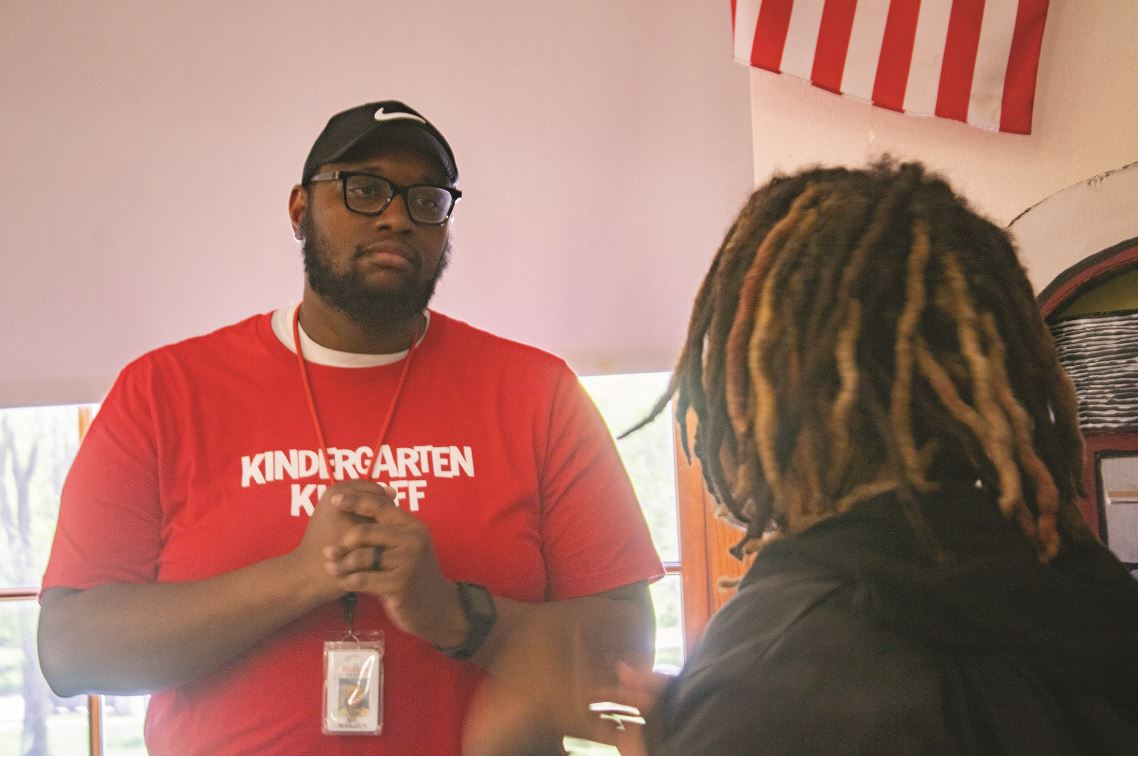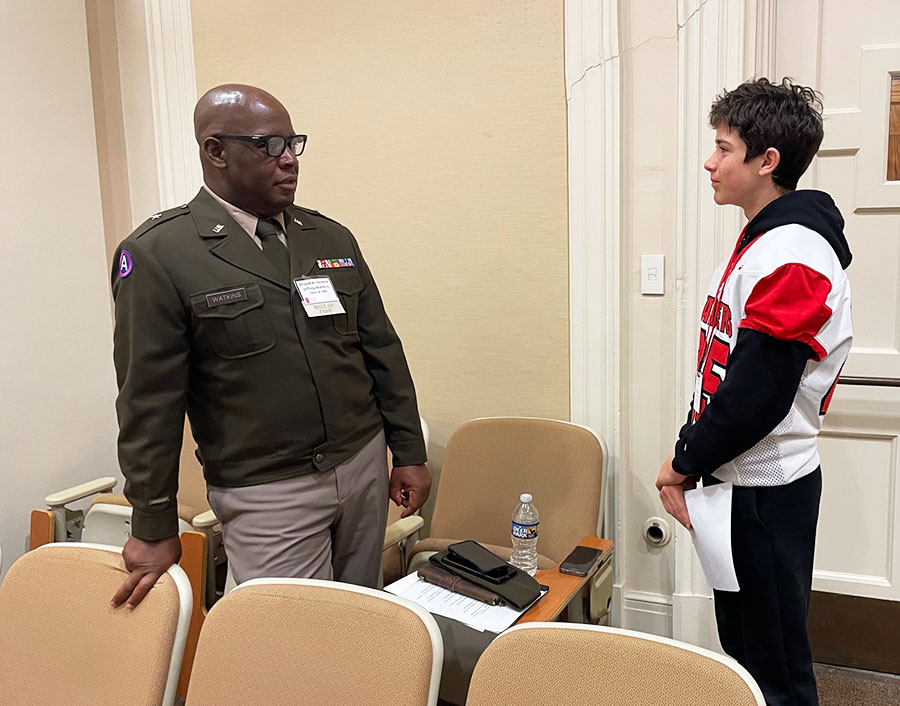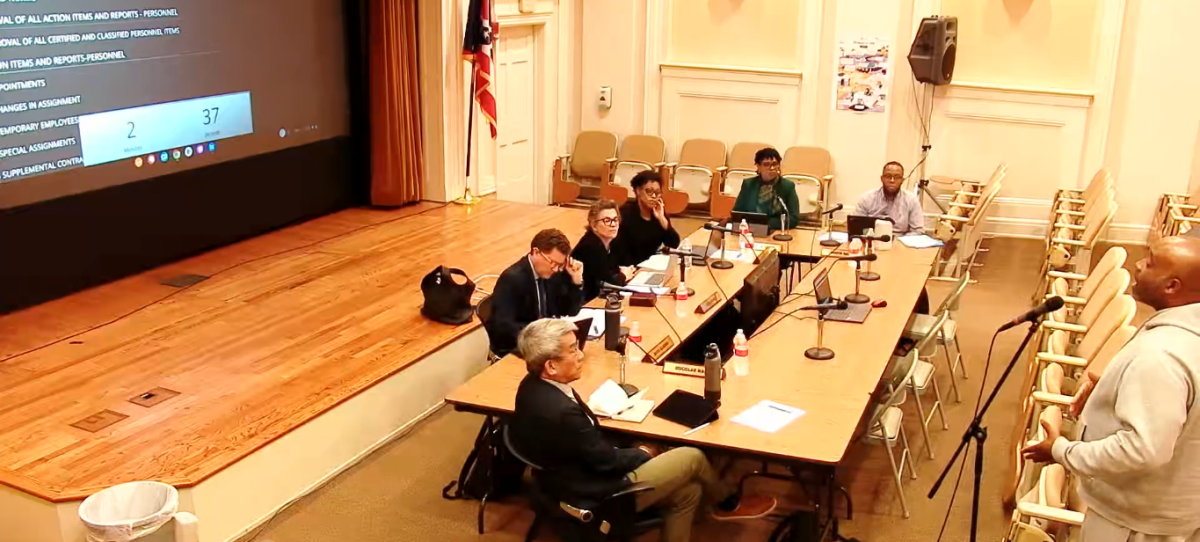After five years of block scheduling, students will attend all seven of their 50-minute classes every day during the 2025-2026 school year. Like this year, there will be three lunch periods. Unlike this year, they will not all occur during one period. Students will eat lunch during fourth, sixth or eighth period.
When not eating lunch, students will attend classes while others eat, just like this year.
English teacher Christopher Cotton said that he prefers block scheduling over a day filled with seven class periods. “I find it easier and just more manageable for workload. I don’t have to prepare every class every day, and that’s an enormous help. I wasn’t crazy about this switch, but I think most teachers want it,” Cotton said.
History Teacher Tod Torrence, who will retire at the end of the school year, said that he is not a fan of block scheduling, and students should be able to adapt to the new schedule. “I think it’s doable — the amount of homework that you guys [will] have. Plus, it should be more spread out,” he said.
In previous years, a practice known as “flex nights” regulated days that teachers could assign homework. Each core academic department was assigned a day on which its teachers could not assign homework. For instance, English teachers were not to make homework assignments on Thursdays. A similar practice applied to tests. Departments were assigned two test days a week. English Department test days were Mondays and Thursdays.
Math teacher Abigail Goldstein (’01) said test days were designated to prevent students from facing five or more tests in one day. “Math and English could test on certain days, social studies and science could test on certain days. I believe the plan is to implement some type of test schedule so that it couldn’t happen,” she said.
Cotton said that conferences — times for students to meet with teachers and attend clubs after school — should be longer than next year’s schedule allows. “I wish we would extend the conference time. The conference time used to be a full hour, and now it’s only 45 minutes. The only way to do it would be to start the school day a little earlier, and I think they didn’t want to do that,” Cotton said.
DEI Coordinator William Warren (’07) said that an extra 15 minutes for conferences means students don’t have to rush. “I think [an hour] would help because the teachers have students from five, six classes dive bombing their conference periods. It also just sounds better to know that you get an hour of help, and not 45 minutes,” Warren said.
When Warren attended the high school, he said, students were expected to spend around two hours per night on homework. He said that teachers should plan carefully to help students not feel overwhelmed next year. “Teachers are going to have to be very mindful of the syllabus, of when to press the gas and when to brake,” Warren said.
Next year’s schedule will be the fourth unique schedule in four years at the high school, and it will take a sharp turn from the five years of the block schedule following COVID-19. Upperclassmen, Warren said, may face difficulty getting used to that change.
“I couldn’t imagine if I had to work a different schedule every year,” Warren said. “I wouldn’t be able to have any continuity or get used to it. So the first thing I would suggest to students is to focus on becoming adjusted — it’ll seem like a lot until you go through your first couple days.”
A version of this article appears in print on page 5 of Volume 95, Issue 5, published May 27, 2025.






